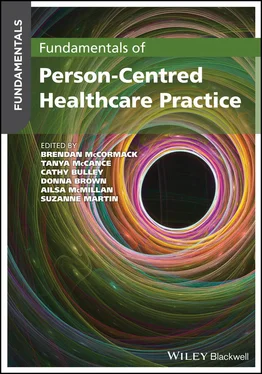Finally, the framework sits within the broader macro context (the fifth domain), reflecting the factors that are strategic and political in nature that influence the development of person‐centred cultures. The macro context will be the focus of Chapter 17.
The Person‐centred Practice Framework is presented in Figure 3.1and the subsequent sections describe the domains of the framework in greater detail.
The prerequisites ( Figure 3.2) focus on the attributes of staff and are considered to be key building blocks in the development of healthcare workers who can deliver effective person‐centred care. Attributes include being professionally competent, having developed interpersonal skills, being committed to the job, being able to demonstrate clarity of beliefs and values, and knowing self. There is no hierarchy in relation to these attributes, with all considered of equal importance, but it is the combination of attributes that reflects a person‐centred individual who can manage the challenges of a constantly changing context.
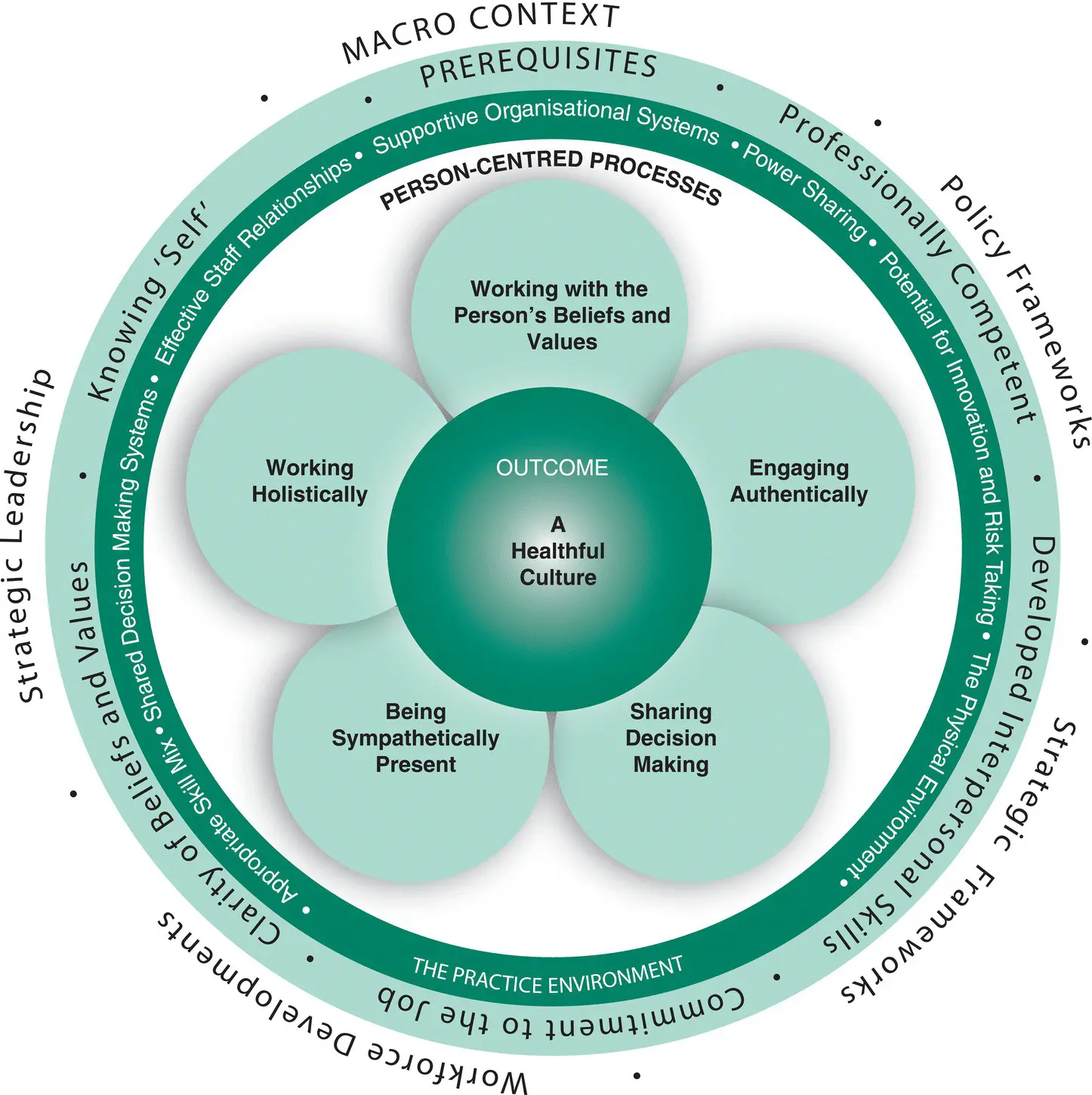
Figure 3.1 Person‐centred Practice Framework.
The practice environment reflects the complexity of the context in which healthcare is experienced ( Figure 3.3). There is an evidence base in the field of knowledge translation and knowledge utilisation focusing on exploring the meaning of context; identifying the key elements of context and their enabling or hindering qualities (for evidence/knowledge use); and developing approaches to measuring the impact of context on clinical and team effectiveness, including impact on patient outcomes (Rycroft‐Malone 2004; Rycroft‐Malone et al. 2013). The position taken within the Person‐centred Practice Framework is that context is synonymous with the practice environment, and contained within it are multifaceted characteristics and qualities of the environment (people, processes and structures) that impact on the effectiveness of person‐centred practice.
To this end, seven characteristics of the care environment are described within the framework: appropriate skill mix; systems that facilitate shared decision making; the sharing of power; effective staff relationships; organisational systems that are supportive; potential for innovation and risk taking; and the physical environment. Furthermore, we would contend that the constructs that make up the practice environment have a significant impact on the operationalisation of person‐centred practice and have the greatest potential to limit or enhance the facilitation of person‐centred processes (McCormack et al. 2011).
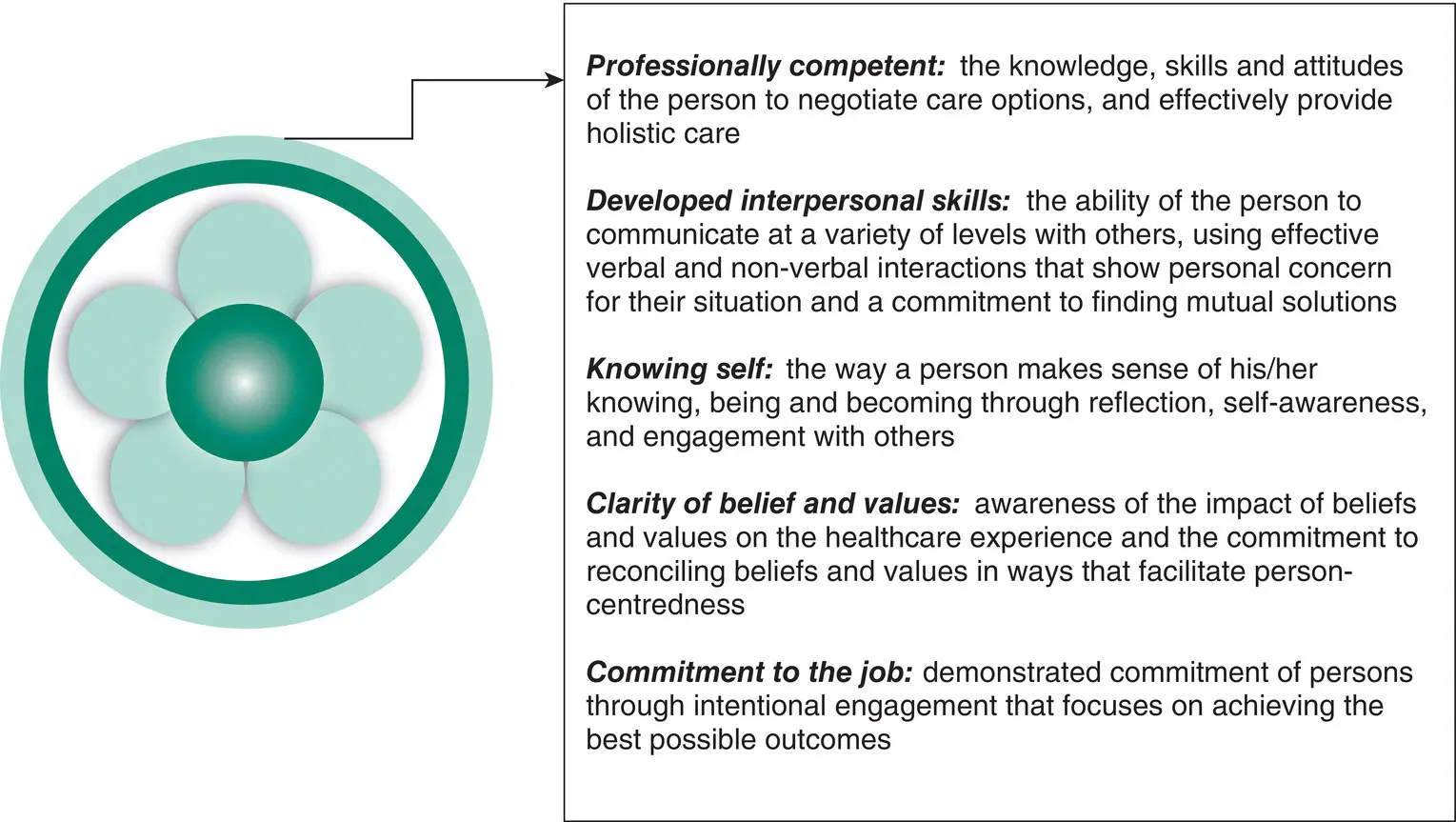
Figure 3.2 Defining prerequisites.
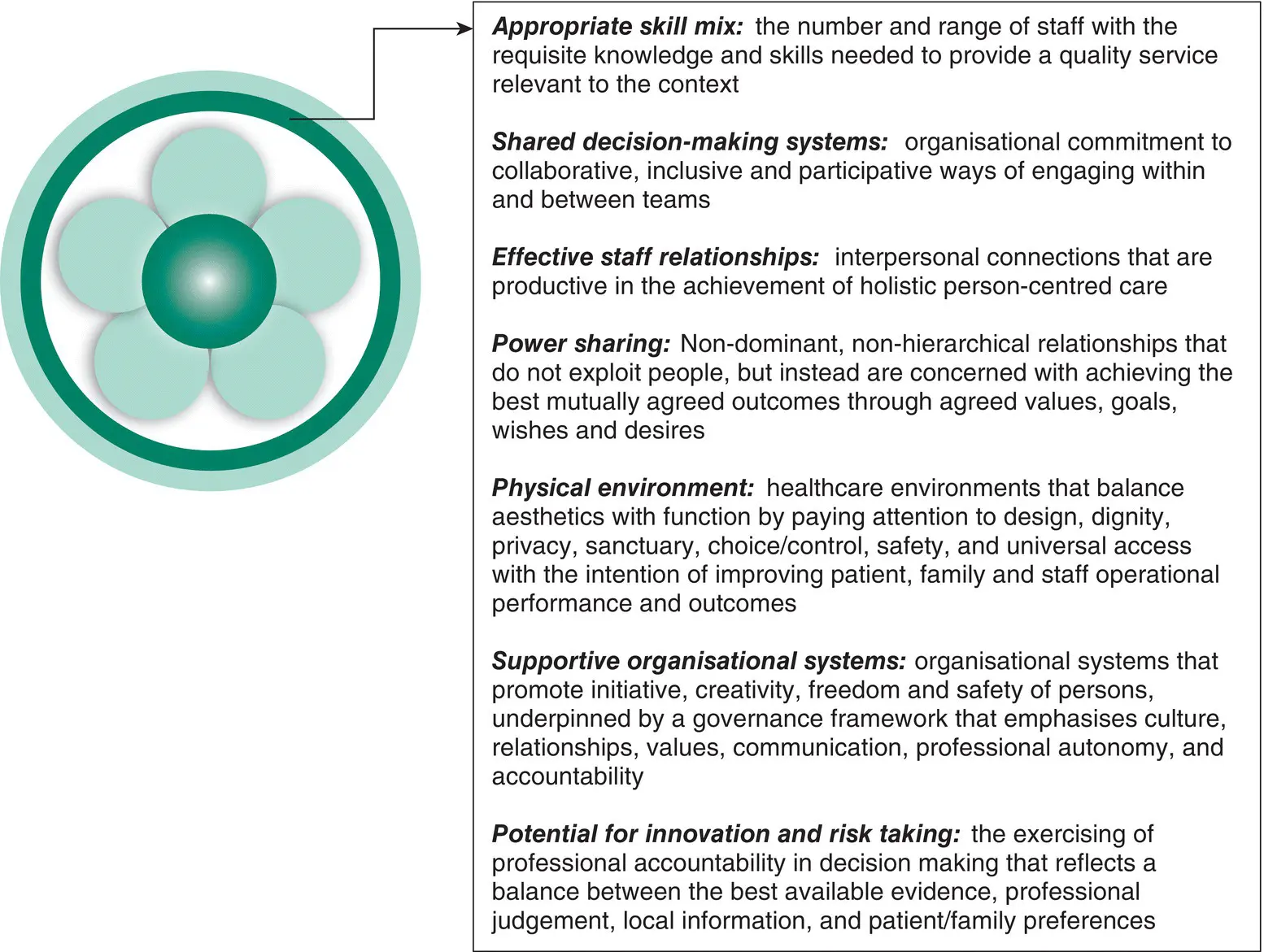
Figure 3.3 Defining the characteristics of the practice environment.
Person‐centred processes focus on ways of engaging that are necessary to create connections between persons, which include working with the person's beliefs and values; engaging authentically; being sympathetically present; sharing decision making; and working holistically ( Figure 3.4). In the Person‐centred Practice Framework the person‐centred processes apply to all those involved in healthcare delivery and those in receipt of care. It is important at the outset to acknowledge that the person‐centred processes are synergistic and often interwoven in the delivery of healthcare.
A healthful culture is the outcome expected from the development of effective person‐centred practice. A healthful culture is described as one in which decision making is shared, relationships are collaborative, leadership is transformational and innovative practices are supported. The ultimate outcome is to develop a workplace that enables human flourishing. You can read about this in more detail in Chapter 5. This is a key factor in how healthcare is experienced and the extent to which the environment supports and maintains person‐centred principles has been shown to be critical to person‐centred practice. Use of the term ‘healthful’ reflects a broader notion of health in line with the work of Seedhouse (1986) that reflects living a positive life, which embraces all dimensions of our being. This is also more relevant from the perspective of staff where a healthful culture is one in which they are supported and enabled to maximise their potential in line with their values. Development of a healthful culture has the potential to create conditions that enable human flourishing for those who give care and those who receive care.
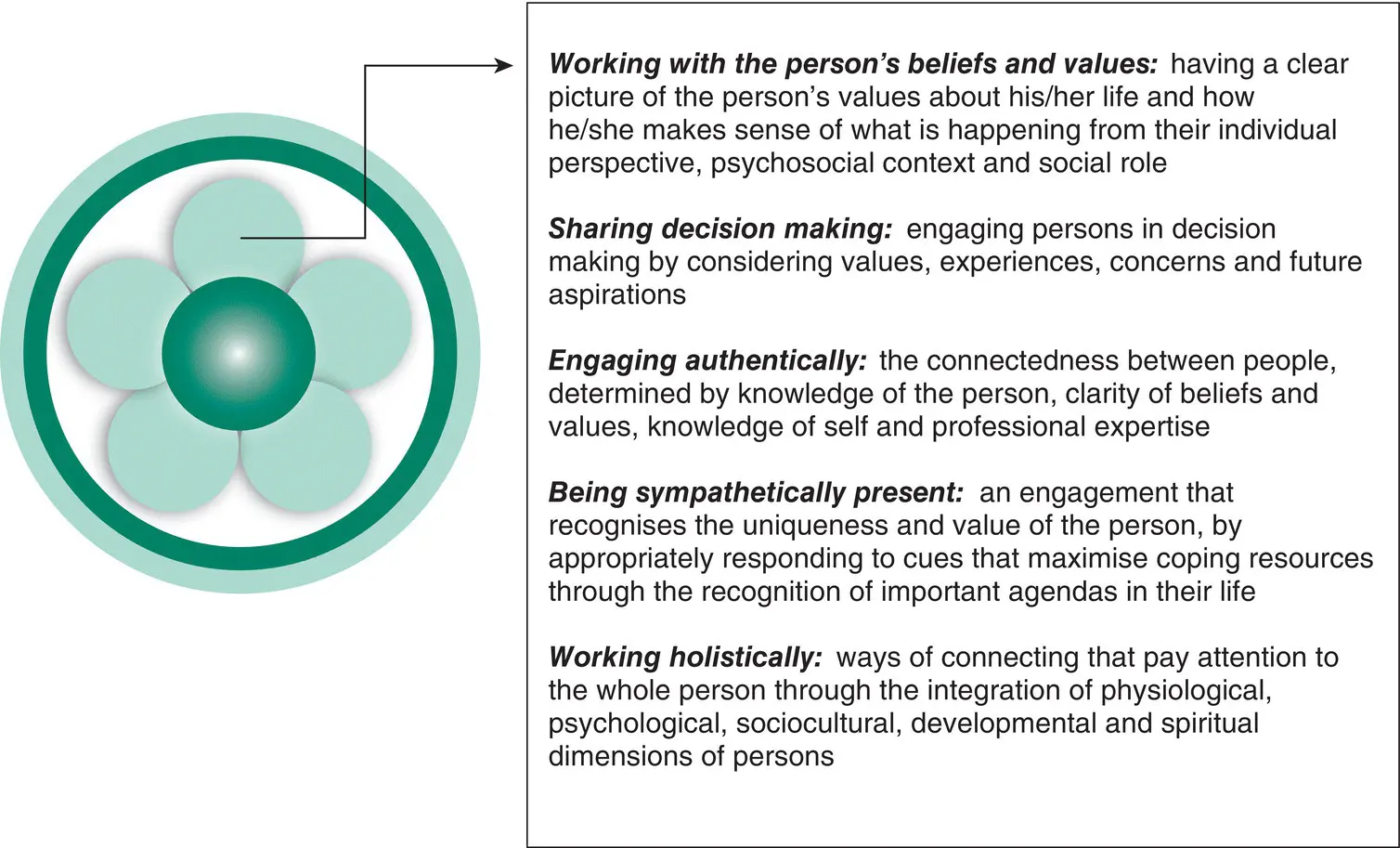
Figure 3.4 Defining the person‐centred processes.
Applying the framework in practice
The Person‐centred Practice Framework has been developed over more than a decade, as a means of enhancing understanding of person‐centred practice and to provide insights that challenge accepted norms and ways of working. It has been described as a tool that can illuminate practice and provides a language that can operationalise person‐centredness at individual, team, organisational and systems levels. The following are some examples of how the framework has been used:
as a tool for reflection that supports active learning
to underpin delivery of improvements in practice
to underpin strategy and policy frameworks
as a theoretical framework in research
as a curriculum framework for preregistration and postregistration nursing
to inform outcome measures and drive instrument development.
Throughout the chapters in this book, there are many activities that will enable you to use the Person‐centred Practice Framework to enhance your understanding of person‐centredness and how it relates to your practice.
Within this chapter we have introduced the Person‐centred Practice Framework as a theoretical model that is multiprofessional in nature and is aimed at operationalising person‐centredness across healthcare systems. The Framework takes account of the attributes of staff that are required to manage the practice environment in order to engage in processes that enable the delivery of effective person‐centred practice and explains how this can influence the development of healthful cultures. Activities throughout the rest of this book encourage you to apply the Framework in a range of diverse practice situations, to enhance your understanding of professional practice. Chapters 1–3 form a strong foundation to enhance engagement with the remainder of this book. This chapter in particular should serve as a reference for describing components of the Person‐centred Practice Framework.
The Person‐centred Practice Framework was originally born out of a desire to operationalise person‐centredness in a way that would illuminate practice.
The Person‐centred Practice Framework is a theoretical framework that is suitable for use across multiple contexts.
Читать дальше
